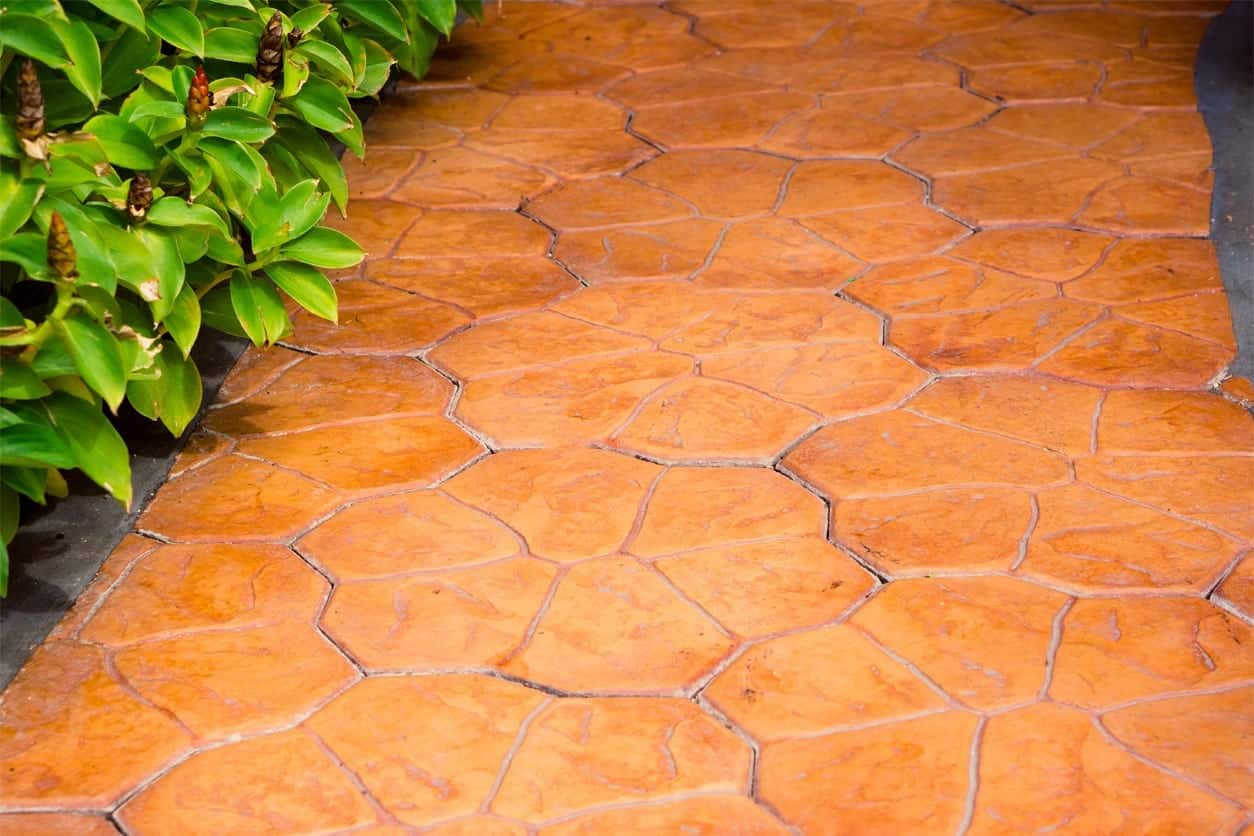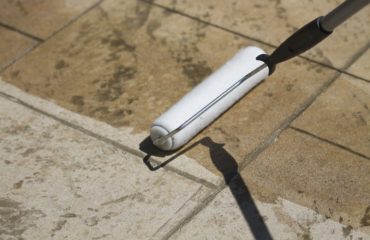Concrete is naturally gray, which is fine for many of the places where you find concrete. From garages to basements to foundations to driveways to patio decks, and so on and so forth, concrete’s gray drabness is not typically a problem. However, you do not have to remain complacently settling for gray slabs, as there are options to impart color to your concrete slab. Acid stains are probably the most traditional method of coloring concrete, as these products alter the concrete slab on a fundamental level by reacting chemically – however, their main drawback is that acid stains only come in a few different types of colors.
A much better option that is appearing more and more in the concrete sealing and coloring market is the concrete dye. Concrete dyes are remarkably variable, featuring such colors as blue, red, and yellow, which can all be mixed with each other to evoke other colors (a near infinite amount) from the concrete slab. If you happen to find yourself wanting an orange concrete slab, simply mix together yellow and red (and so on and so forth). Concrete dyes are an incredibly flexible and inexpensive way to color your concrete – its not surprise concrete dyes are exploding in popularity.
If we turn to the dyes themselves, they are clear solutions with tiny particles of chemical that seep past the tiny surface pores of the concrete to within the material. While they offer excellent penetrative depth and coloration, they will not cover up and hide unwanted stains or markings that are already found within the concrete. Despite this, they are an excellent choice for a relatively clean and unmarked slab of concrete. Of course, you can always still apply the concrete dye to a marred slab of concrete – just don’t expect the markings to disappear or be covered up by the concrete dye. They are extremely straightforward and easy to apply, and they require very little clean up. They are, in short, the best option for coloring concrete.




